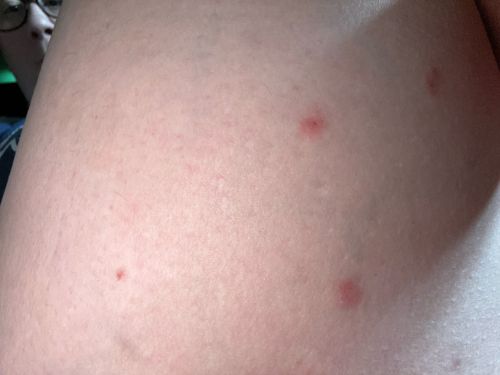Mosquito
Scientific Name: Culicidae
Order & Family: Diptera: Culicidae
Size: 3 mm to 10 mm (0.12 to 0.4 inches)

Natural Habitat
Mosquitoes are found in virtually all terrestrial ecosystems, thriving in warm, humid environments where standing water is available for breeding. They are common in residential areas, forests, swamps, and near lakes and rivers.
Diet & Feeding
Adult female mosquitoes primarily feed on blood from humans and other animals (mammals, birds, reptiles, amphibians) to obtain proteins for egg development. Male mosquitoes and, at times, females feed on nectar, plant sap, and other sugary substances for energy.
Behavior Patterns
Mosquitoes are most active during dawn and dusk, but some species are active throughout the day or night. They locate hosts by detecting carbon dioxide, body heat, and certain odors. After feeding, females seek standing water to lay their eggs. Their life cycle includes egg, larva, pupa (all aquatic), and adult (aerial) stages.
Risks & Benefits
Potential risks include transmitting various diseases such as malaria, dengue fever, Zika virus, West Nile virus, and chikungunya, leading to significant public health concerns. Benefits are minimal for humans but in ecosystems they serve as a food source for other animals (e.g., birds, bats, fish) and adult mosquitoes, particularly males, can act as pollinators for some plants.
Identified on: 9/6/2025